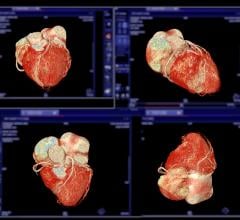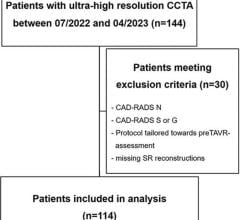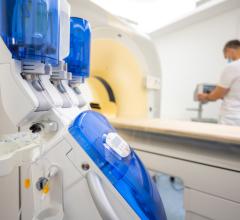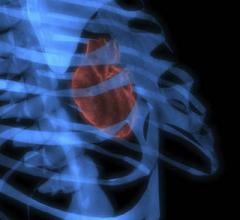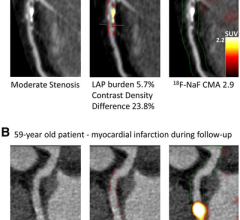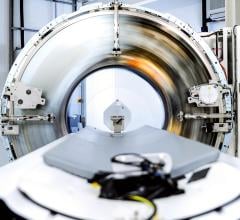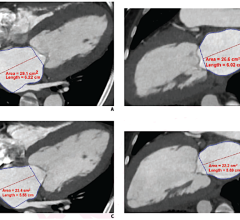May 28, 2008 - A team of cardiologists, radiologists and front-line physicians at Intermountain Medical Center in Murray and LDS Hospital in Salt Lake City has undertaken a first-of-its-kind study to determine whether CT angiography screening and early intervention can help prevent heart attacks, strokes and death.
The FaCTor64 study will use computed tomography (CT) to find dangerously clogged arteries in patients who otherwise have no symptoms of heart disease. Physicians then will treat patients in an attempt to pre-empt heart attacks, strokes and death. The study could provide the basis for screening and treatment guidelines that lead to longer lives for hundreds of thousands of patients.
“This is an extremely important step in looking for ways to prevent heart attacks,” says J. Brent Muhlestein, M.D., director of cardiac research at Intermountain Medical Center and the study’s principal investigator. “No one has ever done this kind of study.”
For one-third of patients who suffer from heart attacks, sudden death is the first and only sign of disease.
“We now have a tool that allows us to look into the chest to find that ticking time bomb. The question is, if we intervene earlier in the disease, can we head off future heart attacks, strokes, and death? We’re hopeful this study will show we can,” Dr. Muhlestein says.
During a CT scan, a patient is injected with radioactive dye while a scanner takes X-ray images as the dye races toward the heart. In only about 20 seconds, the scanner produces 64 images (hence the study name, FaCTor64), each showing a one-half millimeter cross-section of the heart – about one-quarter of the width of the head of a pin. Computer software reassembles the pictures to create a realistic, three-dimensional image of the heart, which allows radiologists to see if plaque-clogged arteries are depriving the heart of oxygen-rich blood.
Another advantage of the CT scan is that it can determine what type of plaque a patient has – which is one indicator of his or her short-term risk for heart attack.
“It’s a phenomenal leap forward,” says Intermountain Medical Center radiologist Tom Lovelace, M.D. “This scanner has allowed us to image fast and image small – the two things you really need to see this disease.”
The research team at Intermountain will follow 1,100 patients with diabetes, a disease that leaves them particularly vulnerable to heart disease. Half of the patients will be assigned to a control group and given traditional care, while the other half are given the CT scan. If severe blockages are found, cardiologists will clear them and reopen pathways to the heart. They may also initiate more aggressive preventive medical therapy, as well.
At the end of the two-year study, the team will have data showing whether CT angiography screening and early intervention can help prevent heart attacks, strokes and death.
“We’re seeing dramatic results,” says Dr. Muhlestein. Of the 150 people already enrolled in the study, many have been diagnosed with asymptomatic heart disease, he says.
One of them was Gary Steadman. Aside from his diabetes, Steadman believed he was healthy when he had a CT scan as part of the study. One week later, he was on an operating table having open-heart surgery.
“The doctors told me it was not a question of if I might have a heart attack. They said it was imminent, and it would be a major one,” says the 72-year-old Tooele man, who had three severe blockages. Had he not been part of the study, it’s possible the heart attack would have been the first sign he had of heart disease. “I feel like they saved my life,” he says.
Researchers are seeking patients to be a part of the study. Participants must have a history of diabetes mellitus, no known heart problems, and meet age requirements (50 or older for men, 55 or older for women) and several other criteria.
For more information: www.intermountainhealthcare.org


 November 13, 2025
November 13, 2025 

